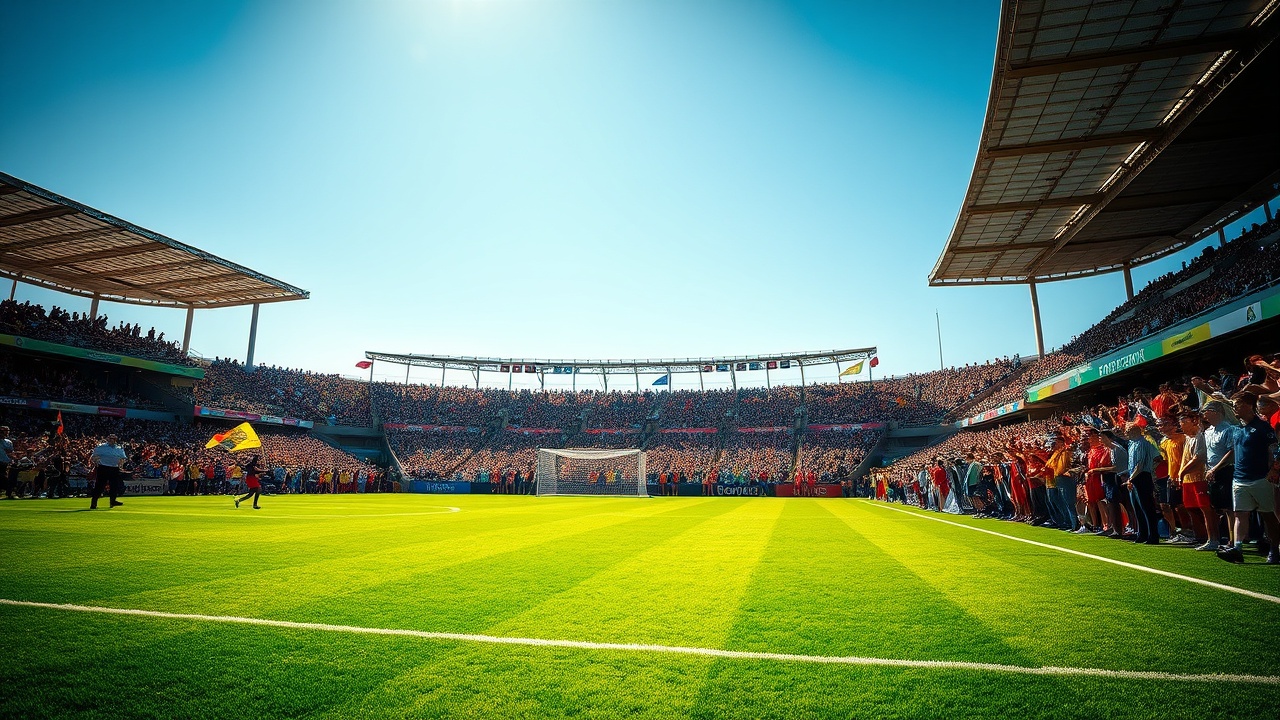Insights from the 2025 Club World Cup
With the 2026 FIFA World Cup looming, the experiences from the recent Club World Cup in 2025 offer crucial insights for event organizers. ESPN journalists have identified essential factors that FIFA must address to ensure next summer’s tournament operates smoothly and fairly, particularly given the unique challenges posed by American weather and travel logistics.
Weather Challenges
A major concern arises from the weather during matches, highlighted by Manchester City’s contrasting performances in Philadelphia and Atlanta during the Club World Cup. City played their first match in sweltering heat at noon in Philadelphia, leading to a lackluster pace, as defender Nathan Aké noted the game slowed significantly when the sun came out. In stark contrast, their night game in the air-conditioned environment of Atlanta saw a marked improvement in performance, prompting coach Pep Guardiola to remark on the nearly different playing conditions.
Complicating matters for the upcoming World Cup is the likelihood that teams will be scheduled to play during the peak heat of summer afternoons. In cities like Miami, where temperatures can soar above 90 degrees, such scheduling could disadvantage some teams—echoing England’s woeful experience in Brazil’s humid climate during the 2014 World Cup. If FIFA prioritizes fair play, it must carefully consider match times and locations to mitigate weather-related disparities among teams.
Scheduling and Venue Considerations
FIFA’s historical choices about World Cup scheduling have often involved summer play in the Northern Hemisphere, where heat is an expected challenge. However, the added factor of potential thunderstorms in North America could require adjustments to its approach, making it imperative for FIFA to manage match timings and locations smartly. Given the packed match schedule in 2026—with four games a day from June and up to eight games during peak days—this remains a complex endeavor.
Experts suggest that venues in temperate climates should be prioritized for midday matches. If conflicts necessitate evening fixtures, then accommodating start times of 10 p.m. could be a viable solution, similar to practices seen in Spain’s La Liga. Unlike the Club World Cup, where maximizing European viewership was a consideration, the World Cup’s massive global audience does not depend on catering to specific time zones. Instead, it should be focused on creating optimal conditions for athletes.
Logistical Challenges
The vastness of the U.S. presents logistical challenges as well—transporting fans and teams to and from different venues will be a test of patience. The recently held Club World Cup revealed significant travel issues, with internal flights routinely delayed by severe weather, leading to missed games and disrupted schedules for affected teams, like Real Madrid, which had to cancel press conferences due to travel delays. The need for additional transport options, such as dedicated shuttle buses for fans, will be critical to manage the influx of supporters expected for the 2026 World Cup.
Furthermore, venue-related challenges such as inadequate public transport and the vast distance to some stadiums need to be addressed. Notable venues like the Hard Rock Stadium in Miami, primarily accessible by car, exemplify the issues fans might face in navigating to matches, exacerbated by security protocols established after previous events like the Copa America.
Field Quality Concerns
Previous pitches at NFL stadiums also raised red flags, with players critiquing their quality. With venues like Lumen Field and Lincoln Financial Field among the selected sites for next summer, the significant reliance on artificial turf could conflict with FIFA’s rule requiring natural grass for all World Cup matches. This was evident during the Club World Cup, where efforts to hastily improve pitch quality led to ongoing concerns about player safety and performance.
Looking Ahead
As the football community awaits the upcoming major tournament, the implications of the 2025 Club World Cup on player health are still unknown. Teams entering the 2025-26 season will be grappling with fatigue from extensive play during the summer, which raises concerns about injuries as players vie for positions in national squads ahead of the World Cup. Organizers will need to attentively monitor these factors to ensure a successful and memorable tournament in 2026.




